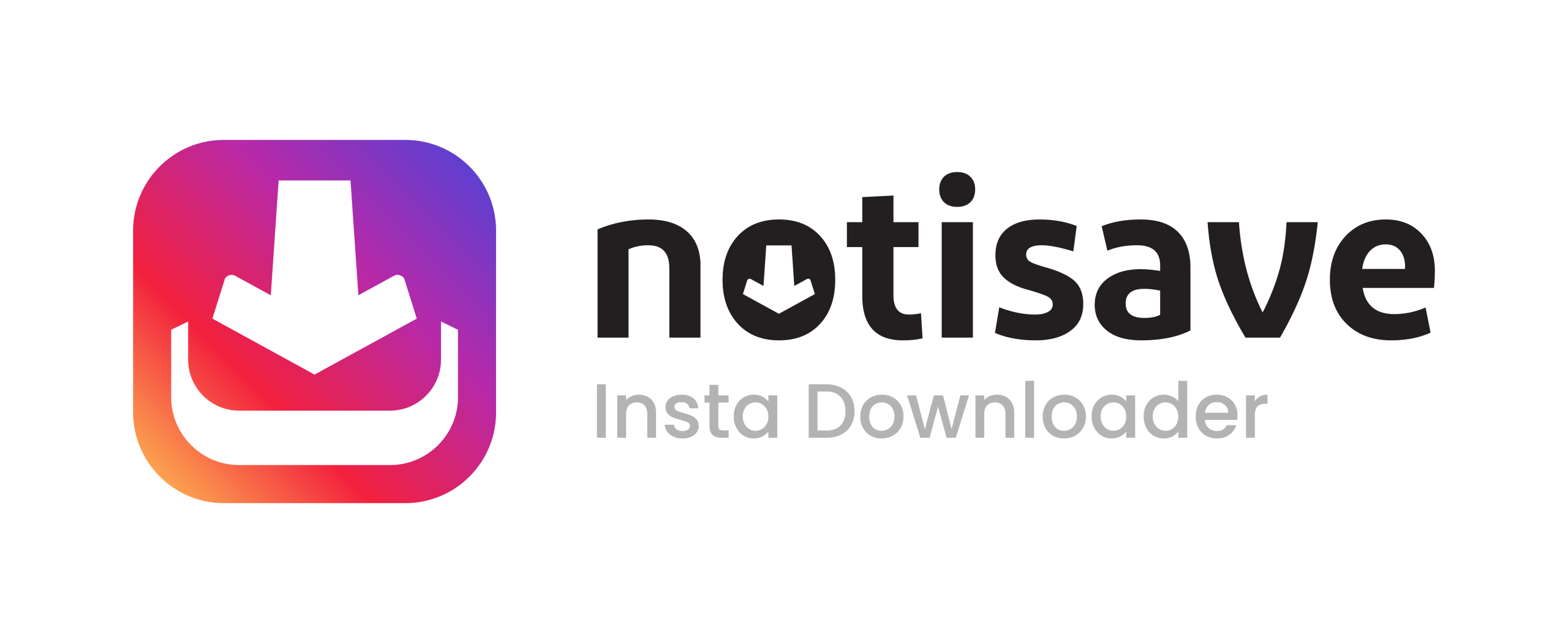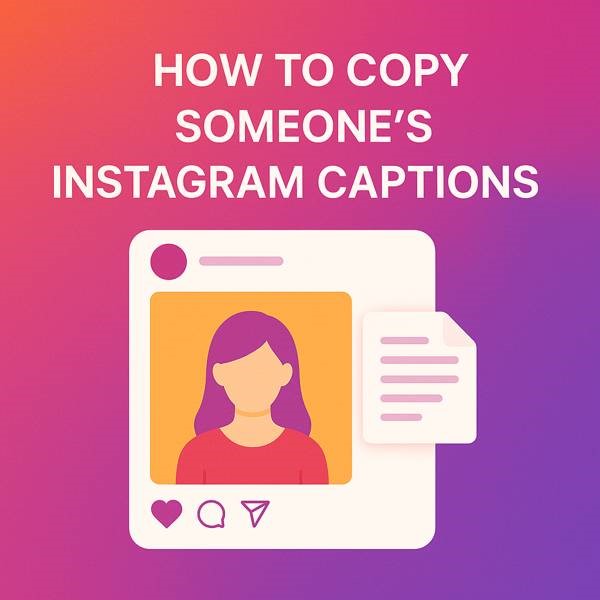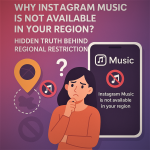Now Reading: What is the difference between tags and hashtags?
-
01
What is the difference between tags and hashtags?
What is the difference between tags and hashtags?
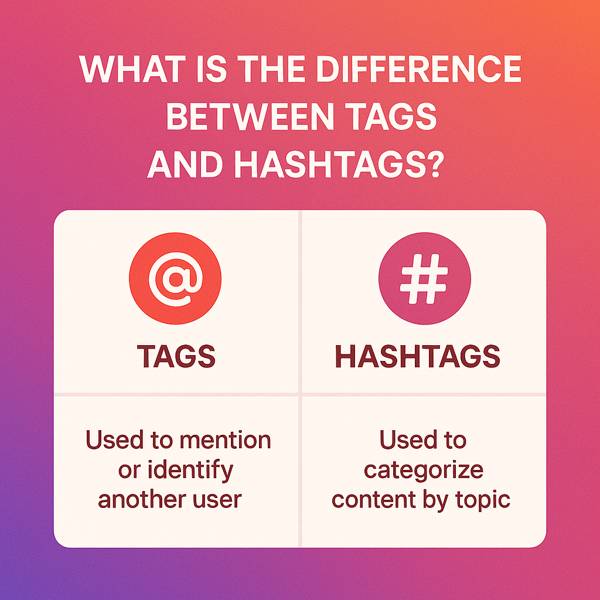
What is the difference between tags and hashtags?
The difference between tags and hashtags may seem trivial at first glance, but have you ever doubted why some posts soar in reach while others get buried in the feed? This seemingly simple distinction holds the key.
What are tags and hashtags, and how can you use them to unlock greater social media engagement, improve content discoverability, and boost your online visibility? Tags vs. hashtags are distinct tools for adding context and aiding search across platforms.
Understanding these nuances is essential for SEO for social media, effective content management, and audience engagement. Please keep reading to uncover their full potential.
![The Essence of Tags [Categorization and Contextualization]](https://notisave.com/blog/wp-content/uploads/2025/06/The-Essence-of-Tags-Categorization-and-Contextualization-e1749800251208.jpg)
The Essence of Tags [Categorization and Contextualization]
At their core, tags are descriptive keywords or labels assigned to a piece of content to categorize it and provide context within a specific platform. Think of them like keyword tagging in a library catalog or indexing a research paper. They are crucial in categorizing content for better navigation and relevance.
· Key Characteristics of Tags
- Platform-Specific: Tags are often tailored to each platform’s structure and features. For instance, YouTube tags are used to categorize videos for internal searches, while Instagram tags (such as @mentions) are used to categorize posts and improve discoverability. The function of tags depends on the platform’s ecosystem.
- Organizational Focus: Tags are primarily used to organize internal content. This helps content creators manage and categorize their posts, making it easier for the creator and the platform to organize and locate content.
- Free-Form Nature: Tags are flexible and free-form, meaning content creators can create them without strict formatting rules. This flexibility allows creators to tailor tags to their specific content or niche.
- Metadata Enrichment: Tags contribute to content metadata, enhancing how the platform understands and categorizes the content. This leads to better indexing, search visibility, and easier management of posts or media by creators.
![Discoverability and Visibility [Unifying the Tags & Hashtags]](https://notisave.com/blog/wp-content/uploads/2025/06/Discoverability-and-Visibility-Unifying-the-Tags-Hashtags-e1749800304359.jpg)
The Power of Hashtags [Amplification and Community Building]
In contrast, hashtags are public-facing, hyperlinked keywords preceded by the hash symbol (#). They are a foundation for trending hashtags, real-time discovery, and community building on platforms like Instagram and Twitter.
· Key Characteristics of Hashtags
- External Search Optimization: Hashtags help optimize content for searches outside a user’s followers. When users search for a specific hashtag, your post can appear, even if they don’t follow you, improving visibility to a broader audience.
- Trend Identification: Hashtags are often used to track and identify trending topics or events. This enables users to stay up-to-date with the latest news or popular discussions, and strategically joining these conversations can increase engagement with your posts.
- Community & Campaign Use: Hashtags foster communities around shared interests or movements. Whether it’s a brand campaign (#ShareACoke) or social cause (#MeToo), hashtags connect individuals with similar goals, helping promote awareness and participation.
- Call to Action: Hashtags can encourage interaction, especially branded ones. For example, a brand might create a hashtag like #ShowYourStyle to prompt users to share photos of their outfits, driving engagement and building a community around their campaign.
Examples:
- Instagram hashtags like #fitnessjourney, #sunsetlovers, or #plantparenthood.
- Hashtag strategy for brands like #JustDoIt or #ShareACoke.
- Activism examples: #MeToo, #ClimateAction.
![The Power of Hashtags [Amplification and Community Building]](https://notisave.com/blog/wp-content/uploads/2025/06/The-Power-of-Hashtags-Amplification-and-Community-Building-e1749800336467.jpg)
When analyzing hashtags vs. tags on social media, it becomes clear that while both aid in discoverability, hashtags drive engagement across multiple platforms more dynamically.
Discoverability and Visibility [Unifying the Tags & Hashtags]
Together, both tags and hashtags enhance your content’s discoverability; tags do so within the platform, while hashtags extend this reach beyond the platform to a broader audience. Let’s go to learn about the difference between tags and hashtags:
- Tags are used within a specific platform to help users find related content. By categorizing and indexing posts, tags allow users to discover similar content based on internal platform searches. This makes tags crucial for content organization and improving searchability within the platform itself.
- Hashtags, on the other hand, expand the reach of your content beyond your follower base. They function as hyperlinked keywords that make your posts searchable across various platforms, enabling them to be discovered by a broader audience outside your immediate network. Hashtags amplify visibility by connecting your content to trending topics, conversations, or specific communities.

Overlapping Functions and Strategic Use of Tags & Hashtags
A well-structured hashtag usage guide can empower individuals and brands to harness the full potential of social platforms by tapping into trends and maximizing visibility. Even though tags and hashtags highlight their apparent differences, their shared goal [content discoverability] makes them strategically powerful when used together.
· How to use tags and hashtags effectively
- For Creators: Use internal tags for content sorting and external hashtags for visibility.
- For Marketers: Use hashtag strategy for campaigns and proper tagging for structured SEO.
- For Users: Explore social media tags or trending hashtags to find relevant content quickly.

Conclusion
In summary, the ongoing difference between tags and hashtags conversation isn’t about choosing one over the other but understanding how to use them in tandem. Hashtag vs keyword strategies work best when tailored to each platform’s strength, whether boosting reach, driving engagement, or refining your content architecture.
Ready to put this knowledge into action? Check one of your next posts now. Did you use the right hashtag? Write your experience in the comments. Finally, tell us your ideas about “What is the difference between tags and hashtags?”
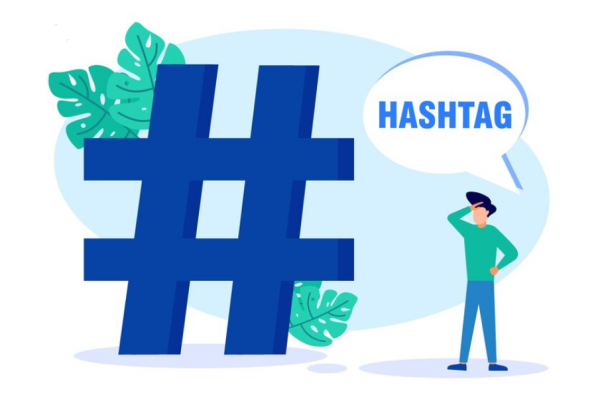
How to tag and hashtag?
Tag “@username” to mention someone’s hashtag by typing “#” followed by a keyword, for example, #travel.
Is it better to tag or hashtag on Instagram?
Both are useful: tags increase visibility through mentions, and hashtags expand reach via search.
Is tagging the same as a hashtag?
No. Tagging mentions people/accounts; hashtags categorize content.
Which tag is most used on Instagram?
#love is one of the most used hashtags on Instagram.
How many Instagram tags should I use?
Use 5–10 relevant hashtags per post for best results.
